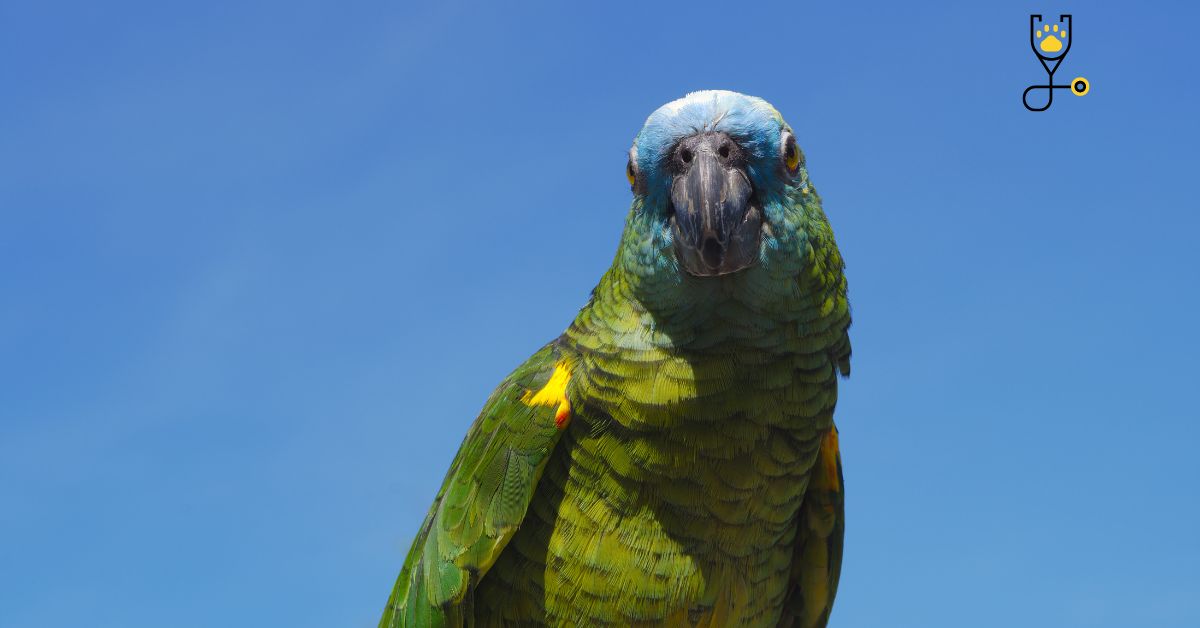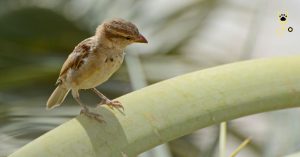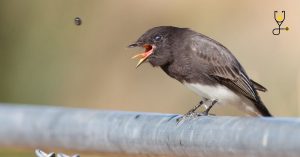Training a pet bird to wave hello is a great way to showcase the bond you have with your feathered friend. Not only is it rewarding when they achieve this milestone, it’s also incredibly adorable—as any bird owner will tell you! Teaching your pet bird to do this simple and enjoyable trick can be done by implementing some essential training tips, which we provide in detail below. Whether you are just starting out as a first-time bird owner or are an experienced avian expert looking for ways to further connect with your feathered companion, these 10 steps outlining how to train your pet bird will help foster an unbreakable bond between the two of you.
How important it is to maintain a bond between you and your bird?
It’s essential to nurture the special bond between you and your pet bird, as it will help them flourish both mentally and physically. Spending time together with regular bonding sessions can help build trust, comfort, and understanding between you two, which in turn will make teaching new tricks much easier. Taking the time to get to know each other by talking or playing games will also help create an unbreakable connection that will last for years! With patience, respect, and love, you’ll be able to create a strong bond that not only helps train your pet bird but also keeps them healthy and happy for many years to come.
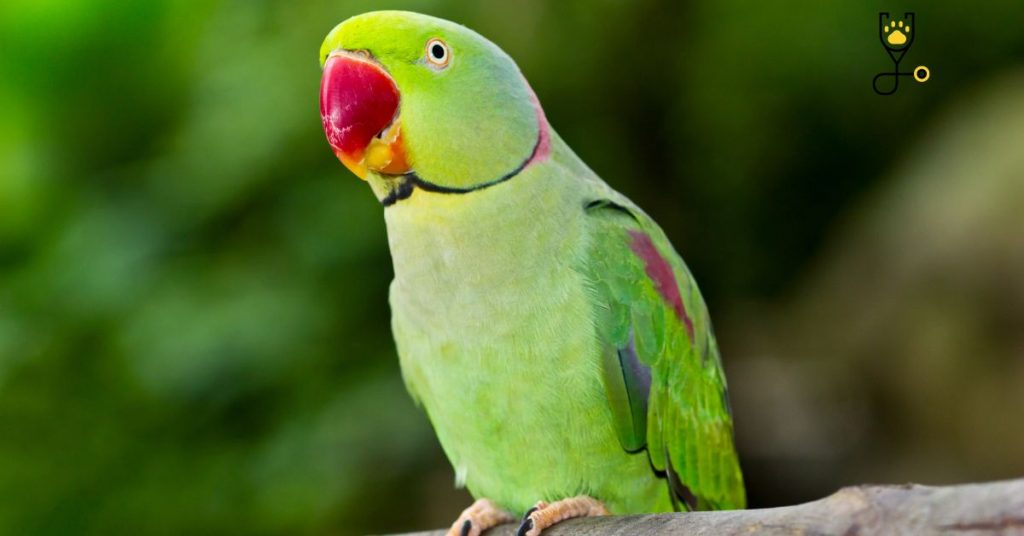
Tools used to train pet birds to wave Hello
No matter which trick you plan to teach your bird, there are some essential tools that you’ll need to have on hand when training your feathered friend. A clicker is a useful and reliable tool for training, as it allows you to mark the exact behaviors that you want them to learn. You should also stock up on treats that your bird enjoys; these serve as rewards for completing desired behaviors and help encourage them to repeat these behaviors in the future. Additionally, having a few perches set up in different areas of your home can aid in positive reinforcement during training sessions.
Steps To Train Your Pet Bird to wave Hello
let’s look at the 10 steps required
1. Start by teaching your pet bird the basics.
Before attempting to teach them a more complex trick such as waving hello, it’s important that they understand basic commands such as “up”, “down” and “come here”.
2. Ensure your bird is comfortable with you and the environment they are in.
This will help create an enjoyable learning experience rather than a stressful one so make sure there are minimal distractions and plenty of rewards!
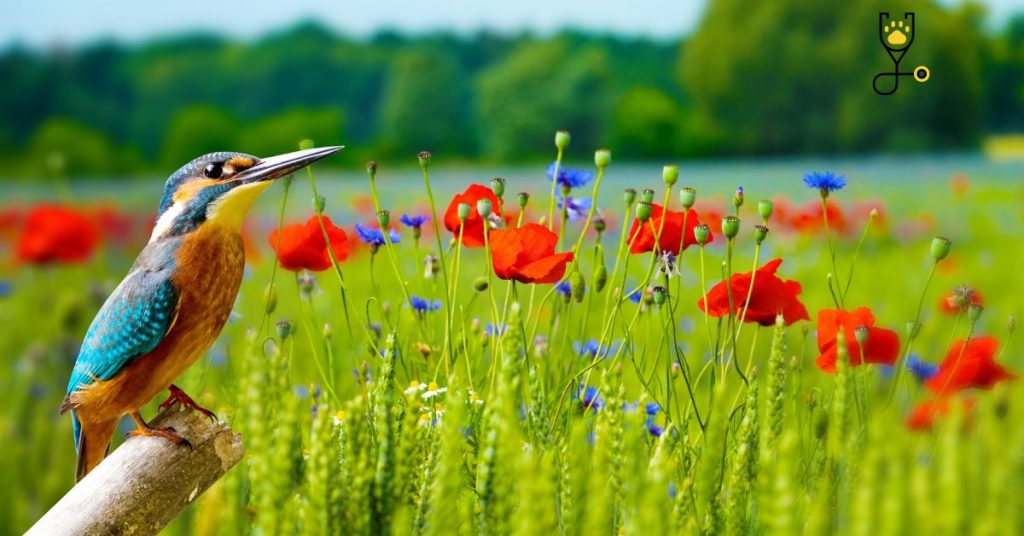
3. Reward your pet bird each time they do something correctly or shows any signs of progress by offering treats, head scratches, or praise.
Rewarding them for good behavior will reinforce positive behaviors and increase the likelihood that they will remember what it is you are trying to teach them.
4. Introduce the command “wave hello” and use hand signals with it.
Show your pet bird how you want them to wave by waving your own hand up and down in front of its face before saying the command.
5. Get your pet bird to mimic the motion with its own wing.
Guide their wing up and down in a waving motion until they understand what you want them to do.
6. Use a clicker
As another way to reinforce good behavior, especially if food rewards are not an option for teaching your pet bird tricks due to dietary restrictions or other reasons. Clickers can be used consistently throughout training sessions so that your bird knows when they’ve done something correctly without needing verbal confirmation from you every time!
7. Keep training sessions short and rewarding.
If your bird becomes bored or overwhelmed it will be less likely to learn what it is you are trying to teach them.
8. Make sure the environment is safe and secure while training your pet bird as well.
This could include keeping other pets/people away from their training area or making sure there are no opportunities for escape during the session itself!
9. Practice makes perfect!
Don’t expect your bird to wave hello perfectly on the first try, but with enough practice and patience, you should see steady progress over time.
10. Finally, have fun with it!
Training a pet bird can be an enjoyable bonding experience so enjoy every moment of it together! With these 10 simple steps, your bird should be able to learn this trick in no time!
Conclusion
Training a pet bird is not always an easy task, but with the right tools and patience, it can be done. By following these 10 steps you should see steady progress in your feathered friend’s learning abilities and hopefully create an unbreakable connection that will last for years! Good luck!
Happy training!
Frequently Asked Questions
The amount of time it takes to train a pet bird depends on many factors including the type of bird, its temperament, and the complexity of the trick being taught. However, with patience and consistency, most birds can learn basic tricks in as little as 2-3 weeks.
Positive reinforcement involves rewarding desired behaviors with treats or praise in order to encourage your pet bird to continue those behaviors in the future. This technique is especially effective when used in combination with clicker training.
Yes! It’s important that you make sure the environment is safe and secure while training your pet bird. This could include keeping other pets/people away from their training area or making sure there are no opportunities for escape during the session itself! Additionally, it’s important to start off with simple tricks before moving onto more complex tasks.
Once your bird has mastered waving hello you can move on to teaching them a variety of tricks including retrieving objects, singing songs, and much more! With patience and consistency, the possibilities are endless when it comes to teaching your pet bird new behaviors.
If your pet bird is not responding to the commands you are trying to teach them, it could be helpful to go back and review the basics. Make sure that you are consistently reinforcing good behaviors and providing ample rewards for correct responses. Additionally, make sure that the environment is safe and secure while training your pet bird. If none of these solutions seem to work, it may be helpful to seek out professional training services or advice from a veterinary behaviorist.

